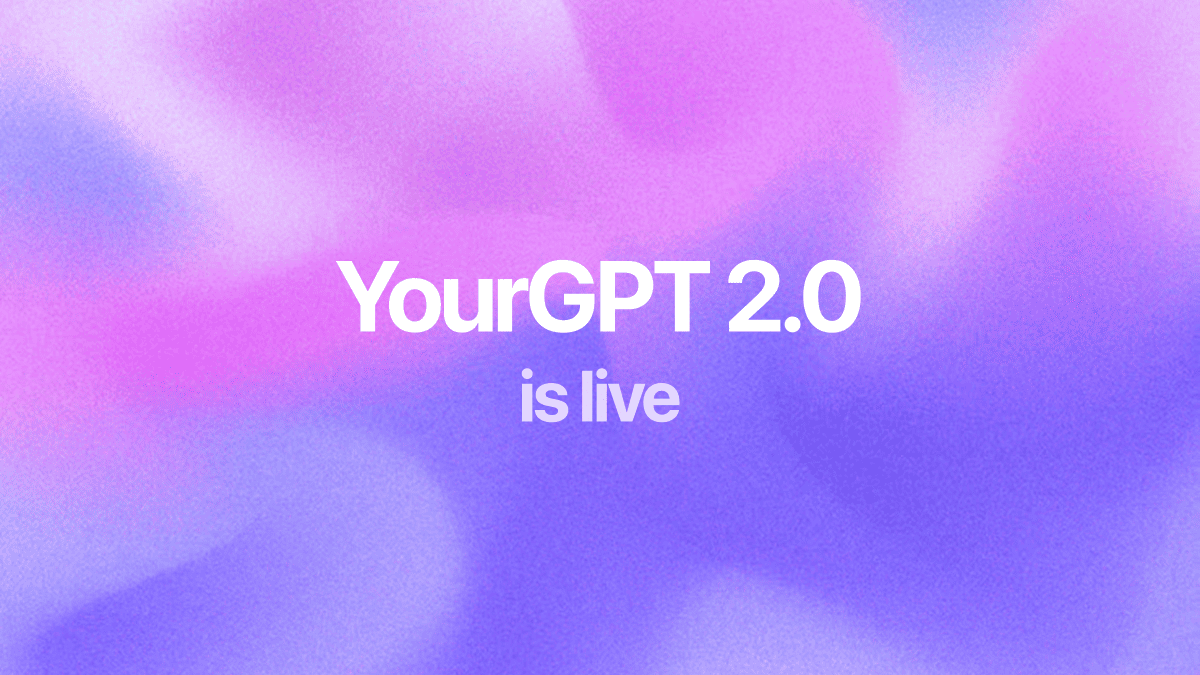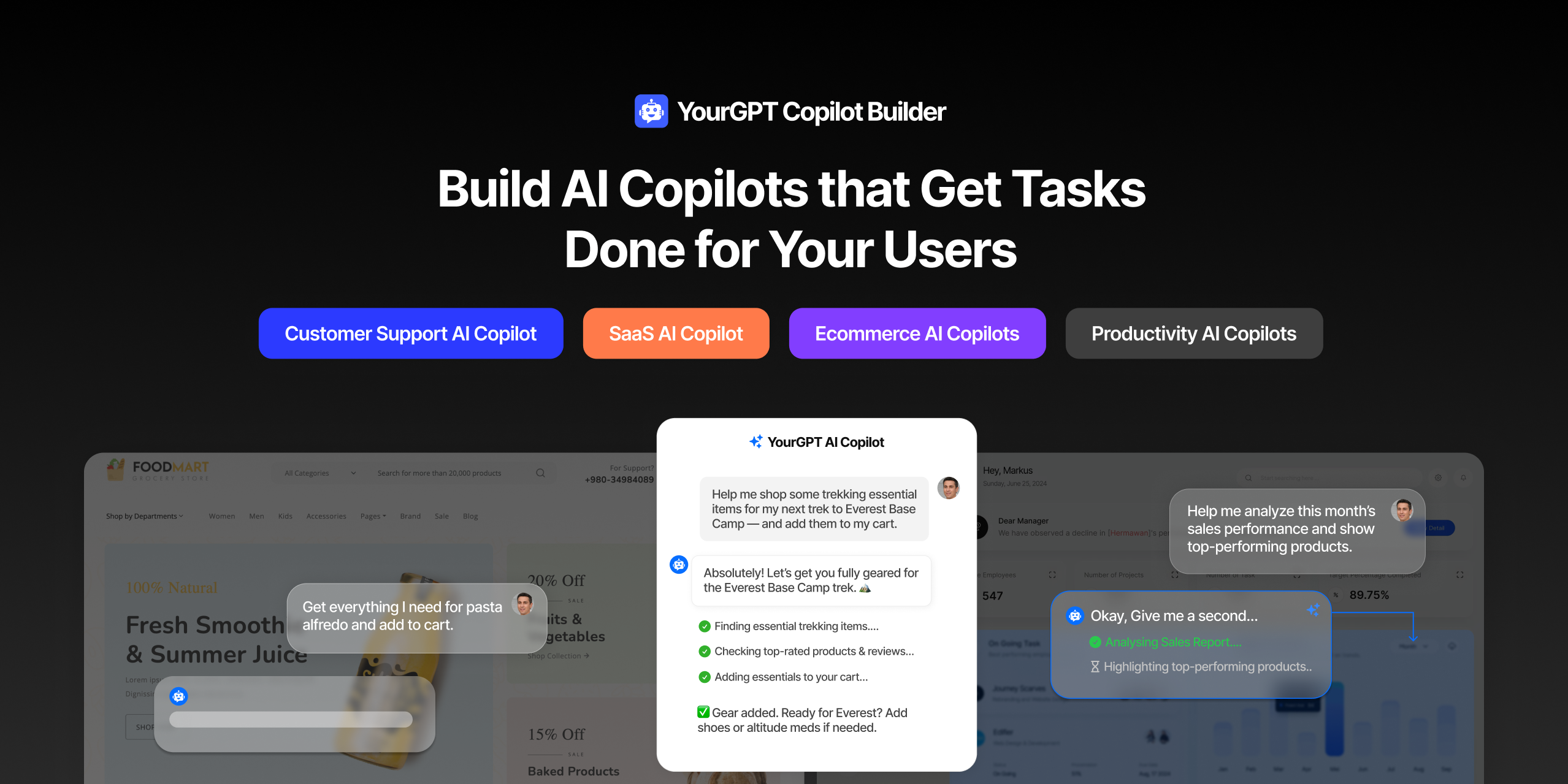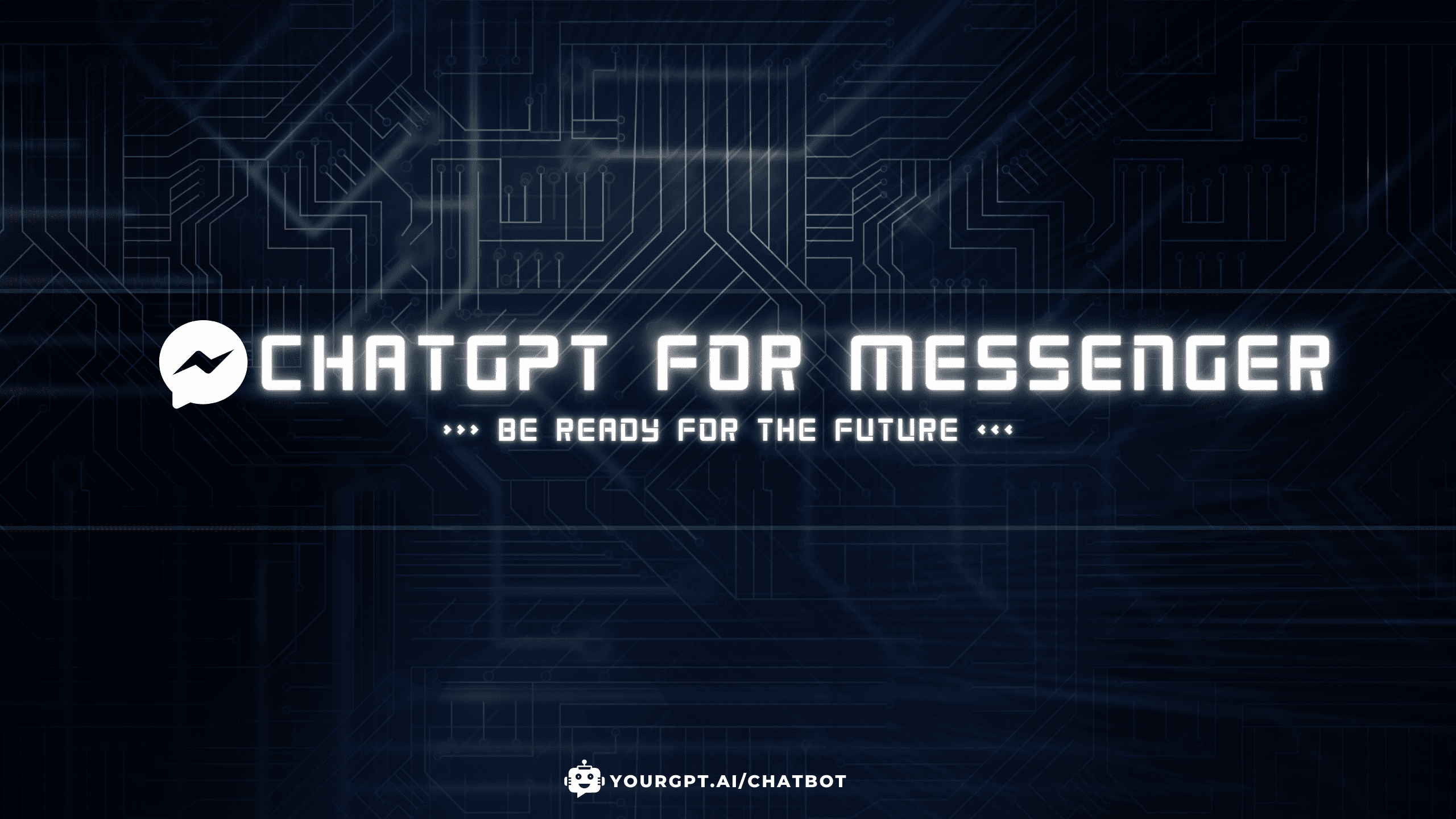Built-In Prompt Templates to Boost AI App Development Process


Creating AI applications is a complex process that requires a deep understanding of large language models and their features. Are you looking for a more efficient way to advance the development of your AI application? You need to look no further than LLM Spark’s robust toolbox. With its extensive feature set, this developer platform is completely changing how AI applications are made. The inclusion of prompt templates, which is a game-changer in streamlining the complex process of developing AI apps, is one particularly noteworthy feature.
LLM Spark, as a developer’s platform, is meticulously built to facilitate the creation of artificial intelligence applications. The Prompt Templates feature within this platform is a highly useful tool for developers aiming to streamline their workflow.
A Prompt is a natural language text and series of instructions given to an AI that regulates its behaviour. These instructions are critical in deciding how your AI model will react to various inputs or queries. Prompts, in essence, serve as the foundation for an AI model’s responses.

Developers can build many prompt and scenarios. A scenario represents a user’s query or request to the AI model. These scenarios define a unique form of request, allowing developers to seek actionable insights customised to specific customer requirements.
Working with AI models is exciting because of their diverse behaviours when given particular instructions. Each Language Model (LM) has its own set of complexity and capabilities. To the value of these models, we need to understand Prompt Engineering.
Prompt engineering is the process where you guide generative artificial intelligence (generative AI) solutions to generate desired outputs. Even though generative AI attempts to mimic humans, it requires detailed instructions to create high-quality and relevant output. In prompt engineering, you choose the most appropriate formats, phrases, words, and symbols that guide the AI to interact with your users more meaningfully. Prompt engineers use creativity plus trial and error to create a collection of input texts, so an application’s generative AI works as expected.
Prompt templates are essentially pre-made prompts that are integrated into LLM Spark. These templates give developers the ability to use these prompts with ease, with just a single click. The simplicity of this capability is its beauty—it lets developers quickly test out different Language Model (LM) replies to a range of queries. This approach works quite well for determining which model is best suited for a certain task.

The ability to quickly apply pre-made prompts to various LLMs by accessing a collection of them. This speeds up the development process and makes it easier to fully understand how various models react to various inputs. Prompt templates enable developers to choose the model that most closely matches project needs by speeding the evaluation phase.
Although using the pre-installed Prompt Templates has many benefits, LLM Spark goes above and beyond by enabling developers to design unique prompt templates that meet their unique requirements.

Once you have created your prompts and scenarios within the playground, its time for testing. LLM Spark makes the testing phase easier, allowing developers to assess how their prompts interact with different language models and scenarios by running various prompts and scenarios on various LLMs. This process ensures the prompt’s effectiveness in generating the desired AI responses.
First Select the the model Provider:

In this situation, I’m using OpenAI: Turbo GPT-3.5 and Turbo GPT-4

By clicking on RunAll, It will execute every Prompt and Scenerio

After successfully testing your prompt, deploying it within your AI application is a seamless process. When you click on the three dots, a window will appear.

Now just click on Deploy prompt

Suggested Reading
The integration of built-in prompt templates into LLM Spark provides developers with a flexible toolkit for simplifying, accelerating, and improving the AI app development process. LLM Spark enables developers to maximise the potential of AI apps by allowing them to use pre-built templates or create unique prompts.

Businesses today expect AI to do more than answer questions. They need systems that understand context, act on information, and support real workflows across customer support, sales, and operations. YourGPT is built as an advanced AI system that reasons through tasks and keeps context connected across every interaction. This intelligence sits inside a complete platform […]


AI can help you finds products but doesn’t add them to cart. It locates account settings but doesn’t update them. It checks appointment availability but doesn’t book the slot. It answers questions about data but doesn’t run the query. Every time, the same pattern: it tells you what to do, then waits for you to […]


GPT-driven Telegram bots are gaining popularity as Telegram itself has 950 million users worldwide. These AI Telegram bots allows you to create custom bots that can automate common tasks and improve user interactions. This guide will show you how to create a Telegram bot using GPT-based models. You’ll learn how to integrate GPT into your […]


TL;DR The 10 best no-code AI chatbot builders for 2025 help businesses launch quickly and scale without developers. YourGPT ranks first for automation, multilingual chat, and integrations. CustomGPT and Chatbase are ideal for data-trained bots, while SiteGPT and ChatSimple focus on easy setup. Other options like Dante AI, DocsBot, and Botsonic specialize in workflows and […]


GPT Chatbot for Webflow: The Key to Exceptional Customer Service Providing great customer service is essential for any business, but managing a high volume of inquiries can be a challenge.If you use Webflow, integrating a webflow chatgpt can simplify this process. This AI-powered webflow chatbot offers consistent, personalised responses to customer queries, helping you manage […]


Messenger is an important platform for businesses to engage with customers in real time. With over 1 billion active users on Messenger in 2024, it is a great opportunity for businesses worldwide to connect with their audience. Using YourGPT Chatbot in Messenger can make customer service more efficient. YourGPT Chatbot automates 70% of routine inquiries, […]
